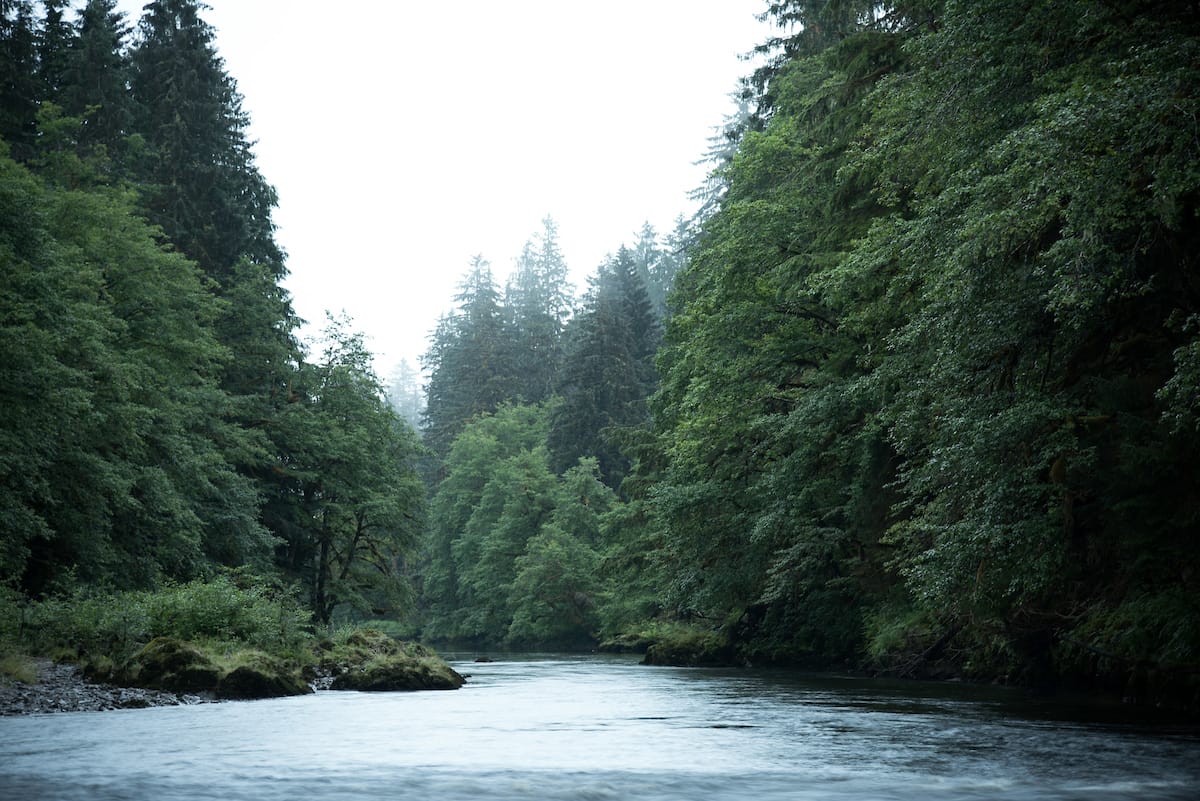Last week, the Forest Service proposed a new policy that is protective of old growth forests on our publicly owned 191 million acres of national forests.
This is welcome news as old growth forests are important for their role in storing carbon and providing healthy habitat for fish and wildlife (among many other things). Importantly, this proposal would not stop active management of forests, including timber harvest. In some cases, it may be important, for example, to thin the understory of younger trees to reduce so-called ladder fuels that can allow flames to climb off the forest floor and into the branches of old growth trees. What it will do is bring consistency to how these forests are better managed across the country.
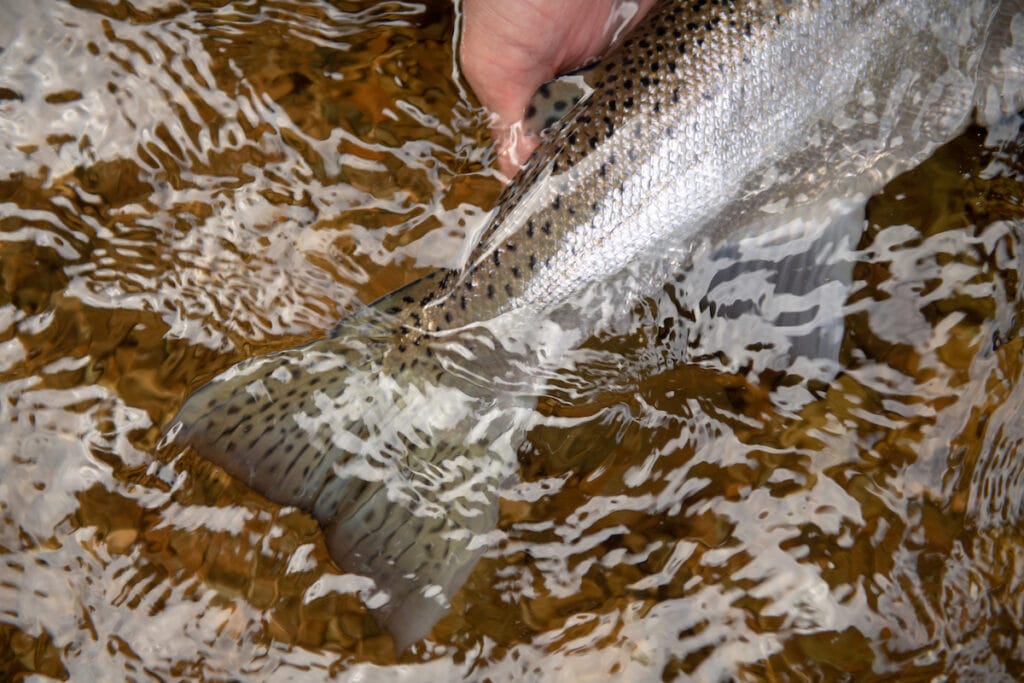
Bully for the Forest Service! President Teddy Roosevelt would be proud.
Twenty-two years ago, I helped develop a similar policy that stopped the construction of roads and most forms of timber harvest in pristine roadless areas. The Roadless Area Conservation Rule took approximately 18 months to develop, and it has stood as the law of the land for the past two plus decades. Roadless and wilderness areas almost always have the healthiest populations of native trout and salmon and are often the sources of the coldest, cleanest water.
As a nation, we have logged most of our old-growth forests. We need to protect those that remain and more wisely manage mature forests to create more old-growth forests in the future. Old-growth forests are typically not cut down to reduce fire threats; in fact, they are often the most fire-resistant part of our forested landscapes.
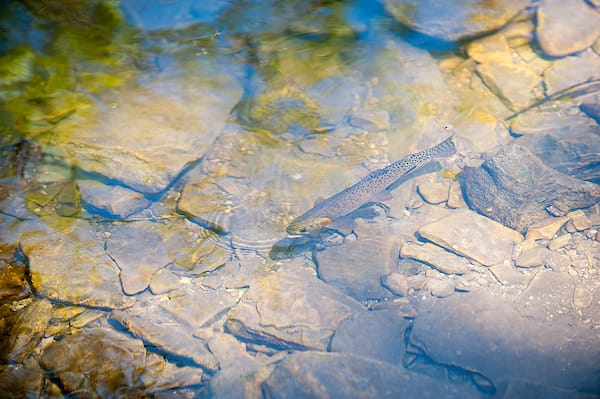
The new proposal would amend the nation’s forest plans to ensure they are protective of old-growth forests and conditions. To be clear, most national forests got out of the business of cutting old growth many years ago, but it is refreshing to see the agency understand and take advantage of their conservation bully pulpit in such a forceful way.
My old boss at the Forest Service, Mike Dombeck, issued a similar proposal 22 years ago, but then left the office of Chief before it could take effect. It is time to enact these smart management practices.
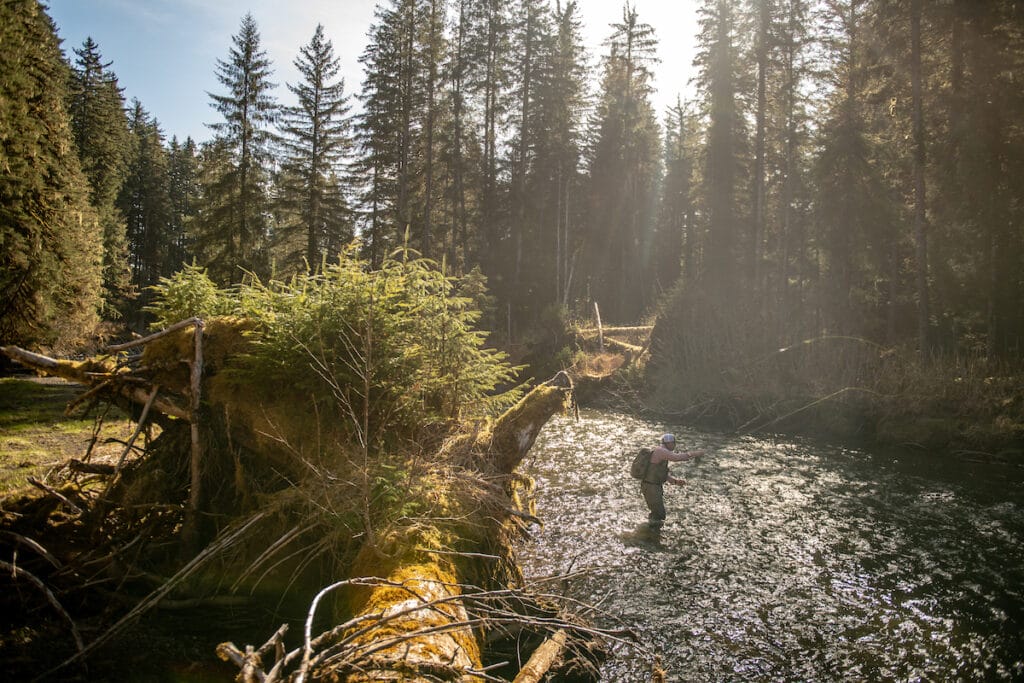
The Forest Service will allow a 45-day comment period, before its policy takes effect. That is important, but I am confident most Americans do not wish to see their old-growth forests converted into two-by-fours or other wood products. Who among us would advocate cutting old growth forests?
People have spent many decades fighting the cutting of publicly owned old-growth forests. Equally important to protecting old growth and roadless areas is the passage 18 months ago of the infrastructure law and the Inflation Reduction Act. These laws allocate the Forest Service and Bureau of Land Management tens of millions of dollars to focus on reducing hazardous fuels where forests and communities meet. As global warming continues to accelerate and becomes more dangerous, leaving the big shade producing trees growing provides obvious benefits to streams, the forest floor and local communities.
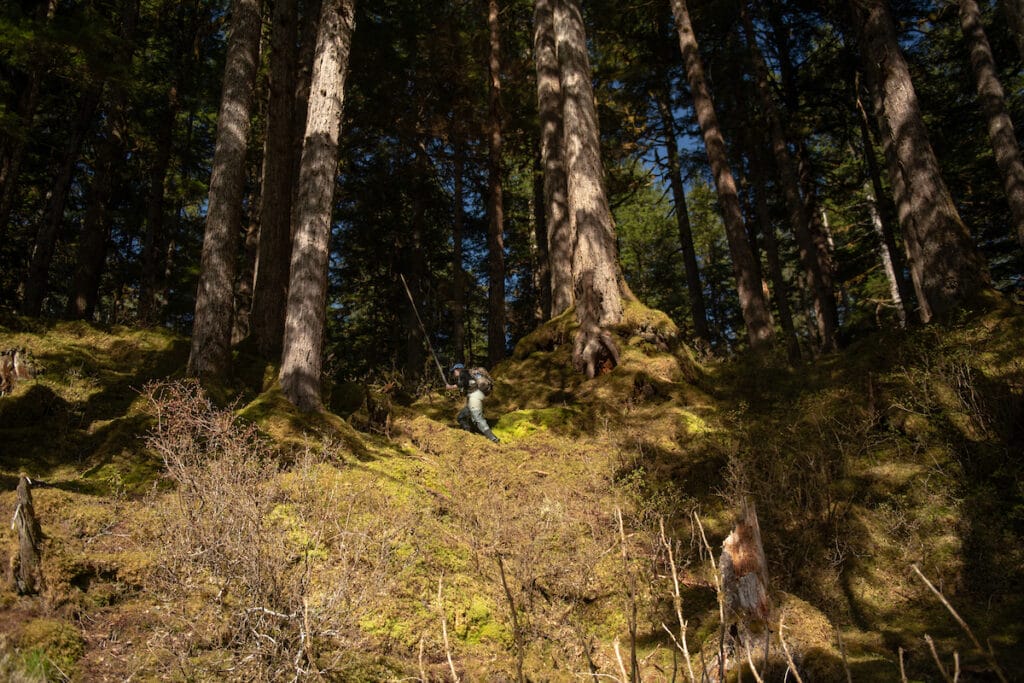
As the Forest Service considers public comments and finalizes their old growth policy, hopefully they will determine that we should allow old growth trees to continue to sustain our life on this planet. As the first chief of the Forest Service, Gifford Pinchot, said, this would provide “the greatest good for the greatest number in the long run.”



